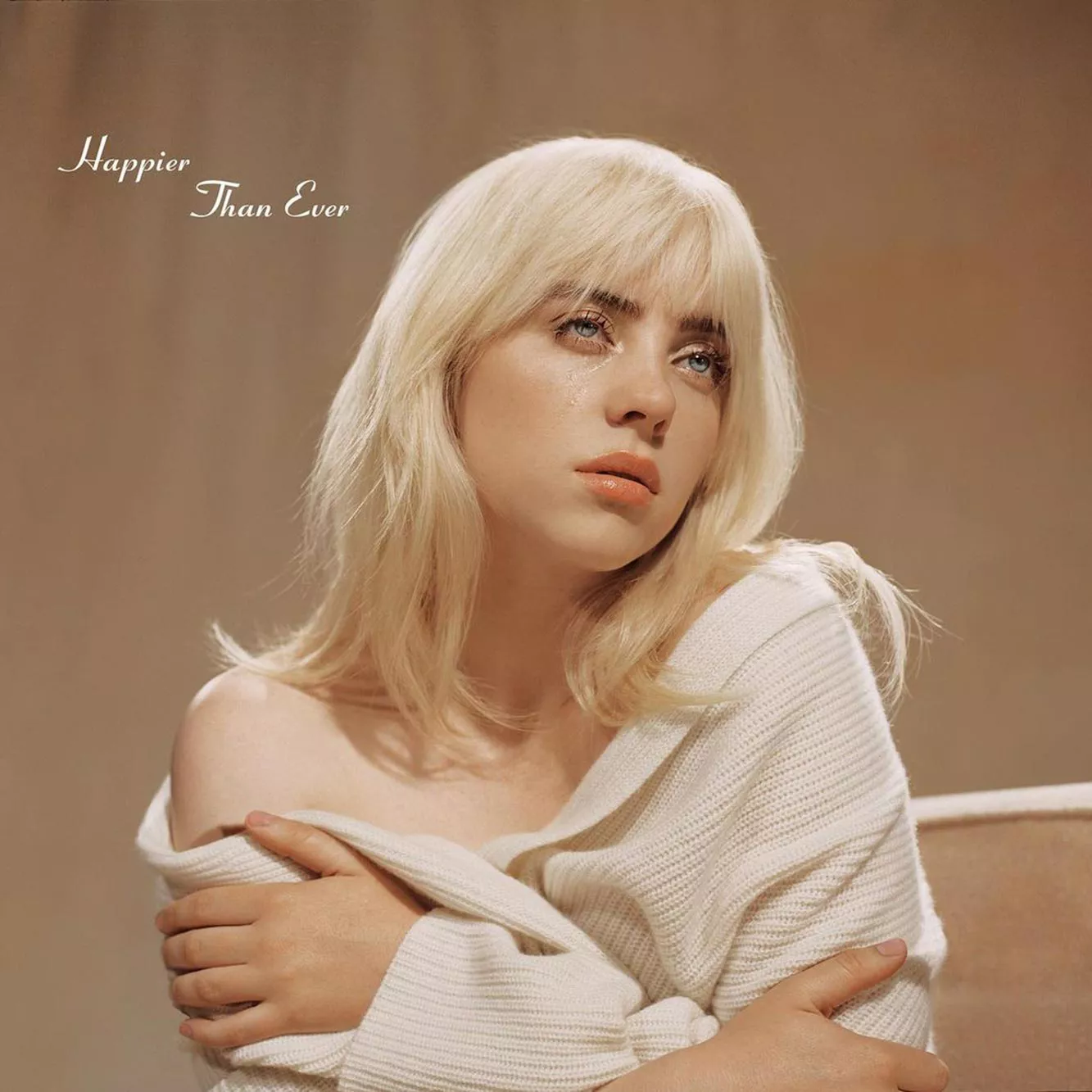Billie Eilish: A Journey from Fangirl to Pop Icon
Music ReviewsWhen Billie Eilish won Record of the Year at the Grammys this past March, she dedicated most of her acceptance speech to Megan Thee Stallion, expressing her admiration and insisting that Megan deserved the award. Eilish’s humility and genuine appreciation for other artists highlighted the unique path of her remarkable career — an international superstar who remains an unabashed fangirl, a teenage millionaire who still lives at home, and a pop sensation whose music resonates with both the outcasts and the cool kids.

Eilish’s evolution has been as dynamic as her music. She recently ditched her signature green hair for a platinum blonde look and graced the cover of British Vogue in full bombshell mode, trading her famously oversized wardrobe for pinup-inspired satins and latex. Yet, even in this transformation, Eilish seemed to be playfully challenging the expectations of a pop star, experimenting with fashion and identity in a way that any 19-year-old might — except she’s not just any 19-year-old. This complexity is central to her sophomore album, *Happier Than Ever*, where she reflects on fame, personal growth, and the burdens that come with stardom. Produced at home by her brother Finneas, *Happier Than Ever* is a sonic journey through Eilish’s evolving identity, blending chilly percussion and late-night synths with moments of acoustic intimacy. The album’s standout moments include tracks like “Your Power,” a haunting critique of an older lover’s manipulative behavior, and the title track, which starts as a gentle acoustic farewell before erupting into a cathartic rock anthem. Throughout, Eilish’s smoky, versatile voice navigates the space between vulnerability and strength, offering a glimpse into the unmarked moments and untold stories of a young artist still discovering herself.